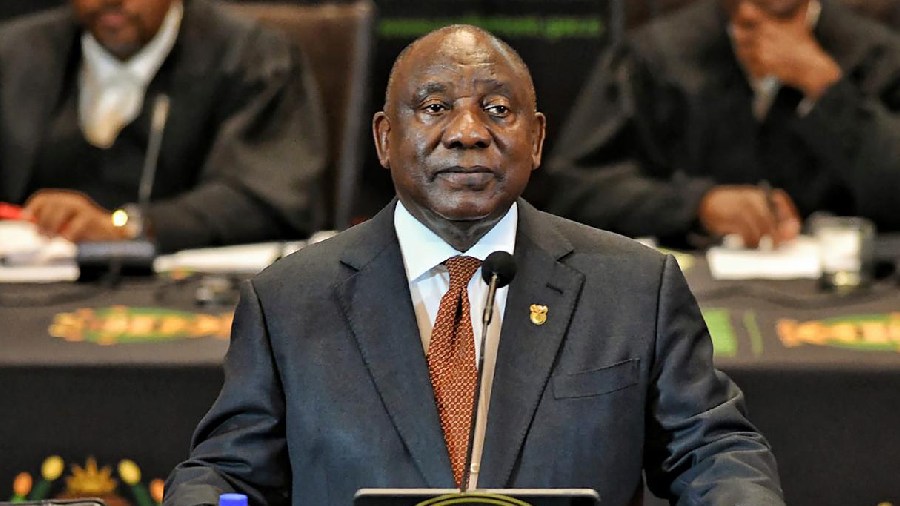South African President Cyril Ramaphosa declared a state of disaster on Thursday to combat severe electricity shortages that have crippled the country's economy.
In recent months, state energy company Eskom has been forced to schedule power outages for up to 12 hours a day, a practice known as loadshedding.
The country's economic growth is now projected to fall to just 0.3% this year compared to 2.5% last year.
"We are therefore declaring a national state of disaster to respond to the electricity crisis and its effects," Ramaphosa said at a his annual State of the Nation Address in Cape Town.
What will declaring a state of disaster do?
Eskom has racked up debts and struggled to maintain the country's coal-powered electricity infrastructure. The electricity provider was mired in corruption scandals under former President Jacob Zuma.
Declaring a state of disaster allows the government to follow emergency procurement procedures with fewer regulations and bureaucratic hurdles.
It also unlocks additional funding for the government to quickly buy new energy equipment, such as generators and solar panels.
The last time the South African government declared a national disaster was in 2020 at the start of the COVID-19 pandemic.
"Extraordinary circumstances do call for extraordinary measures," Ramaphosa said on Thursday.
Opposition parties push back
South Africa's biggest opposition party, the Democratic Alliance, has vowed to challenge Ramaphosa disaster declaration in court.
It claimed that Ramaphosa's African National Congress abused procurement processes during the pandemic and issued nonsensical regulations.
Meanwhile, the left-wing Economic Freedom Fighters walked out en masse before the State of the Nation Address. Some members of the party stormed the stage, causing Ramaphosa's speech to be delayed by 45 minutes.










